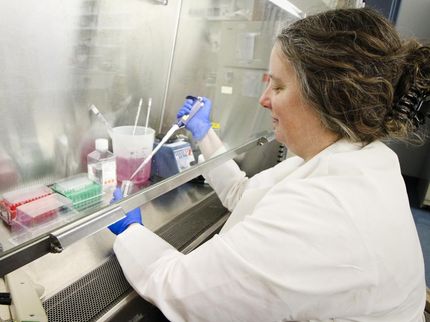The growing number of high value biologicals increases the need for advanced pharma logistics
Management often not aware of “real cost of non quality logistics
Advertisement
Pharma logistics is often not on pharmaceutical executives’ main agenda. When it comes to logistics, it is mainly two issues which keep them awake at night: the danger of image damage and liability cases through adulterated products and/or the disturbance or delay of clinical trials. However, a recent study done by Novumed Life Science Consulting aims to encourage industry professionals to take the issue of quality logistics seriously even though distribution costs are estimated to range from 1% to 3% of sales of a pharmaceutical company.
The world logistics market for pharmaceuticals is valued at approx. 30 Bn USD. Of this number, approx. 3 Bn USD could be attributed to airfreight, with an annual growth rate of roughly 10%. One sees especially strong growth in the segment for temperature-controlled pharmaceutical transports. Transports cooled at 2°C-8°C or at freezing temperatures are growing with an annual growth rate of appr. 15%.
Improper handling especially of temperature-sensitive pharmaceuticals can compromise the efficacy and safety of drugs. The statistics of the British MHRA ranks improper cold chain transportation among the top 10 GDP (good distribution practices) deficiencies with an incidence of 7%. Most of the times, these incidences are handled among the respective agency and the pharmaceutical company. One can, however, well imagine situations where a company’s image is compromised or a company faces a liability case.
The financial risk is clearer when it comes to clinical trial supplies. As clinical trials are becoming more and more international, logistics are ever more important. And in the case of a 1 Bn USD blockbuster, a one-day delay to market translates into approximately 25 M USD of lost cumulated sales.
However, one often oversees the hidden costs in daily operations of using an inferior logistics provider. On average, pharmaceutical companies see a damage ratio in temperature-sensitive transports of appr. 0.5%. Perished goods have to be replaced, repackaged and reshipped. Adulterated products need to be destroyed. Insurance usually does not cover all of the above cost items. Even more, there is a clear correlation between damage ratio of the logistics provider used and the insurance premium paid by pharma companies. Insurance companies state that they might reduce premiums by as much as 30% if a customer uses a specialized high-quality logistics provider.
Another issue is lost sales. Especially in the case of difficult-to-produce, short-of-supply products (e.g. Tamiflu), perished goods translate directly into lost top and bottom line. In most cases, this is buffered by inventories. The average pharmaceutical holds 47 days of inventory. These can potentially be reduced if a high-quality logistics provider guarantees reliable, timely and impeccable delivery. In addition, internal quality controls might be reduced, less administrative efforts are necessary for the handling of damages and insurance claims.
Of course, these savings do not come for free. A specialized high-quality logistics provider with a lower damage ratio will cost more than the average logistics partner. To evaluate the cost-benefit ratio of higher quality in logistics, Novumed Life Science Consulting has calculated a model which considers the following factors for the case of using a higher-quality logistics provider
- Increased logistics costs
- Reduction of freight damage not covered through insurance
- Reduction of insurance premiums
- Optimization of inventory
- Reduction of internal administrative and quality control efforts
The analysis was conducted for three differently priced product portfolios (average 20 USD, 100 USD, and 500 USD per package).
The graph shows the equation curves for cost savings and additional logistics costs depending on logistics provider’s price premium and achieved reduction of damage frequency. For drugs with an average sales price of 100 USD per package, for instance, a premium of 25% for a higher quality logistics provider pays off if this provider can reduce the frequency of transport damage by appr. 50% (from regular 0.5% down to 0.25%). As expected, the model shows that even far higher price premiums are justified for the transport of high priced pharmaceuticals (average price per package 500 USD).
Of course, not all drugs require this kind of care. But especially the growing number of biologicals, vaccines or selected products difficult to produce are often at a high sales price and often require a proper cool chain at 2° to 8°C.



























































